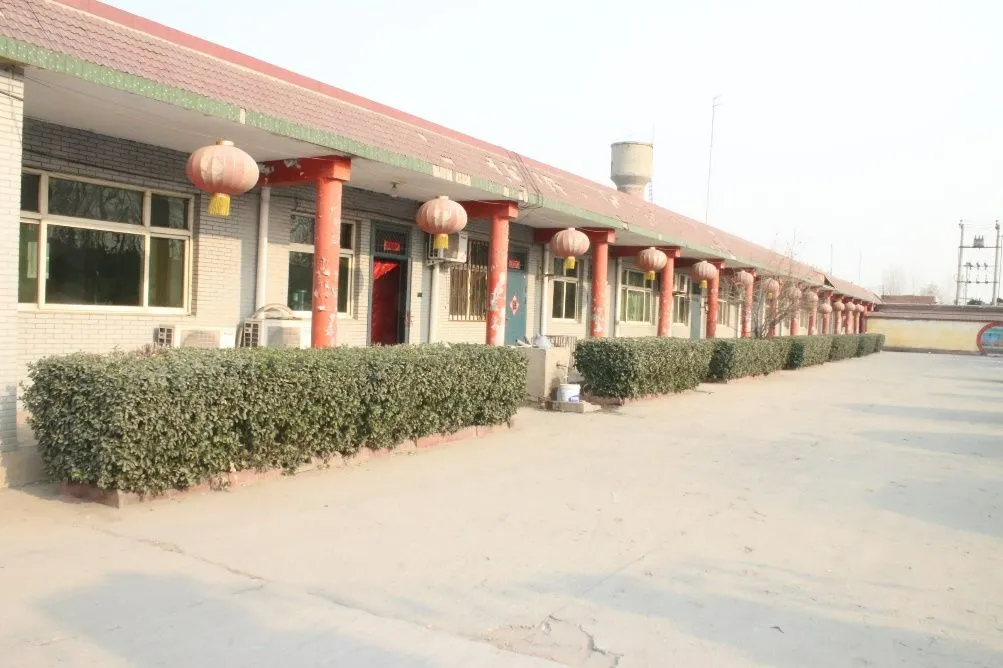'>DingZhou JinLong Metal Production Co. , Ltd. is a professional manufacturer of welding materials. The main products include flux-cored wire, CO, gas shielded wire, stainless steel wire, submerged arc welding wire, argon arc welding wire, electrode and a variety of electrode powder and other products. Our company has passed the ISO9001:2008 Quality System Certification. Some of our products have passed the factory approval of American, Chinese, Norwegian, German, Korean, British and Japanese classification society. Co, gas shielded welding wire, has passed the European Union TUV, CE, DB three certification. Our products are exported to Europe, , Africa, Middle East, Southeast Asia and many other countries and regions. The company has unique production technology and technology to make products reliable quality assurance. The company's products are widely used in ships, vehicles, containers, bridges, pressure vessels and metal structures and other important engineering projects. Welcome domestic and foreign friends to come to exchange cooperation!



